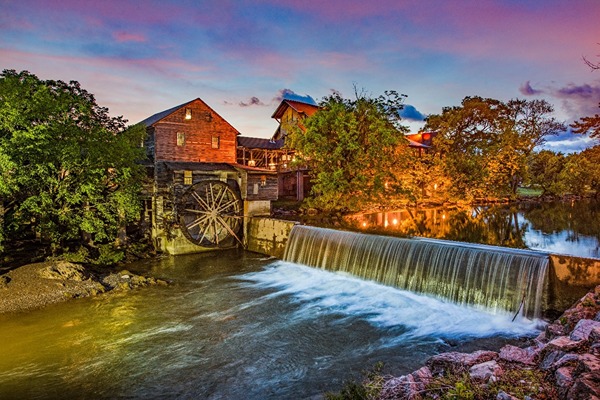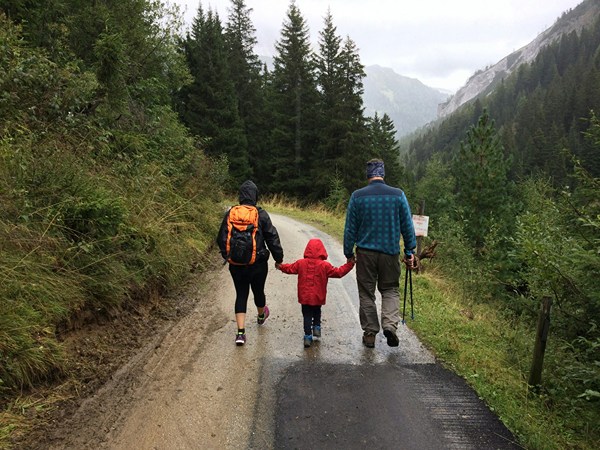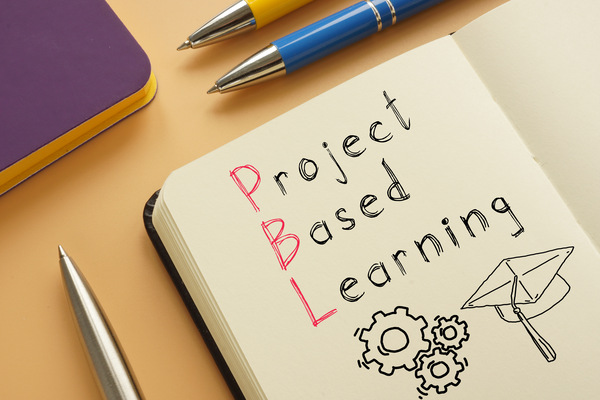Khao Sok National Park: A Verdant Haven in Thailand
Learn about the history and geographical significance of Khao Sok National Park in Thailand, and the top activities one can try here. Renowned as the oldest rainforest in the world, Khao Sok National Park in Thailand stands effortlessly as a tourist haven in the Surat Thani Province.
Comprising an area of 739 sq. Km, the park features diverse ecosystems, verdant nature, rainforests, limestone cliffs, and lakes, that add to its spellbinding allure.
For nature and thrill-lovers, as well as those seeking a respite from their current routine, there is no better decision than planning all-inclusive khao sok holidays. There are several dignified travel agencies offering cheap Khao Sok holiday packages in this regard, and one can benefit from them whenever they manage to get some time out of their busy routine.
The all-famous and beautiful Cheow Lan Lake is located here, featuring one-of-a-kind luxury tents and floating raft houses, calling up tourists from all over the world to come and try out this distinctive experience.
Key Highlights of Khao Sok National Park
Some of the top features of this park include:
- Biodiversity: Home to precisely more than 200 floral species, 48 mammal species, 30 bat species, 311 bird species, and several reptiles and insects.
- Geography: One of the wettest regions in Thailand, with an annual rainfall of 3500 mm, featuring a 950m high mountain range.
- Engaging activities: Visitors can indulge in friendly elephant encounters, mystic cave exploration, hiking, trekking, and canoeing.
A Perfect Tropical Escape for All
Thailand is home to natural beauty, which is no longer an exception for anyone to learn about. This National Park here is one of the oldest ones in the world, dating to almost 160 million years back, and is considered home to a diverse ecosystem.
The forest canopy creates a magical sight and a play of lights and shadows, filtering sunlight and letting the visitors capture the perfect views and insights of the flora and fauna here. Many of the massive trees here can reach up to a soaring height of 40m, with their roots twisted over time, holding deep ancient values in their roots and foundation.
The entire forest floor features lush green wildflowers, ferns, and mosses, adding more colors to it. Visitors can also spot some of the famous and rare wildlife animals here, such as macaques, gibbons, etc.
Heavenly Limestone Cliffs for Added Beauty
One can spot stunning limestone formations here, that are formed over millions of years with the erosion of wind and water, creating an overall magical site to watch, and leaving the visitors in awe. There are numerous shapes and carvings on these cliffs, that represent the best of nature here.
Visitors can book guided tours to enjoy the all-time famous rock-climbing experience here, hiking up on the sheer cliffs and taking on the challenges caused by varying air pressures through the terrain. For utmost relaxation, they can simply sit back and adore the tranquil views around, or enjoy a picnic with their loved ones amidst these cliffs.
Water-Based Adventure List
The entire park is home to several lakes and clear waters that amp up the allure and offer the visitors maximum chances to indulge in water-oriented activities. Not to forget, Cheow Lan Lake is located here, which offers a perfect display of tranquil and azure waters, covering the major portion of the park. This man-made lake was first created by damming the river here, which is now a major hub of water sports in the park.
Take on guided boat tours, and get a chance to enhance your learnings while taking a serene trip across the magical latke waters. You can learn about the important places and their history, that come across your way while taking the boat tour. Cast a glance across the massive cliffs and lush views around, and capture these memories of the Khao Sok holidays in your heart forever.
For more immersive experiences, consider trying out water sports such as kayaking, paddle boarding, and snorkeling. To quench your thirst for exploration, you can visit the lake’s hidden covers and inlets.
List of Accommodations and Activities
To fully drench in the beauty and allure of this park, one can choose from any of the convenient accommodation options offered here. The entire park is full of wonders, and one needs ample time to explore around and fully bask in the magical moments here.
It’s totally one’s own choice to choose a stay at any of the rustic bungalows, or floating raft house resorts at the Cheow Lan Lake. Depending upon their individual budget, they can make the decision accordingly. To meet the discerning needs of travel enthusiasts, there are a bunch of adventure-based activities to undertake here.
One can book guided tours and trek through this lush haven, getting a perfect chance to spot the rare wildlife on their way, as well as learn more about the park’s diverse ecosystem. For an added mystic appeal, they can also consider exploring the hidden caves where they can discover the rare formation of stalactites and stalagmites.
A Chance to Observe Ethical Tourism
The entire park is a true testament to Thailand’s commitment to ethical tourism and green practices, helping to preserve nature as well as the cultural heritage. To further protect the park and its inhabitants, the government of Thailand is taking proactive measures. Visitors are also provided with a set of guidelines to promote ethical tourism, such as being mindful of waste, and following the specified trail.
To further support the local communities in the park, many eco-tourism initiatives have been taken, that foster a deep understanding of the relationship between the tourists/locals and the natural surroundings.
To spend your Khao Sok holidays in style, look no further than Virikson Holidays. Visit our website to learn more details about our Khao Sok holiday packages and get in touch with our adept team now.










